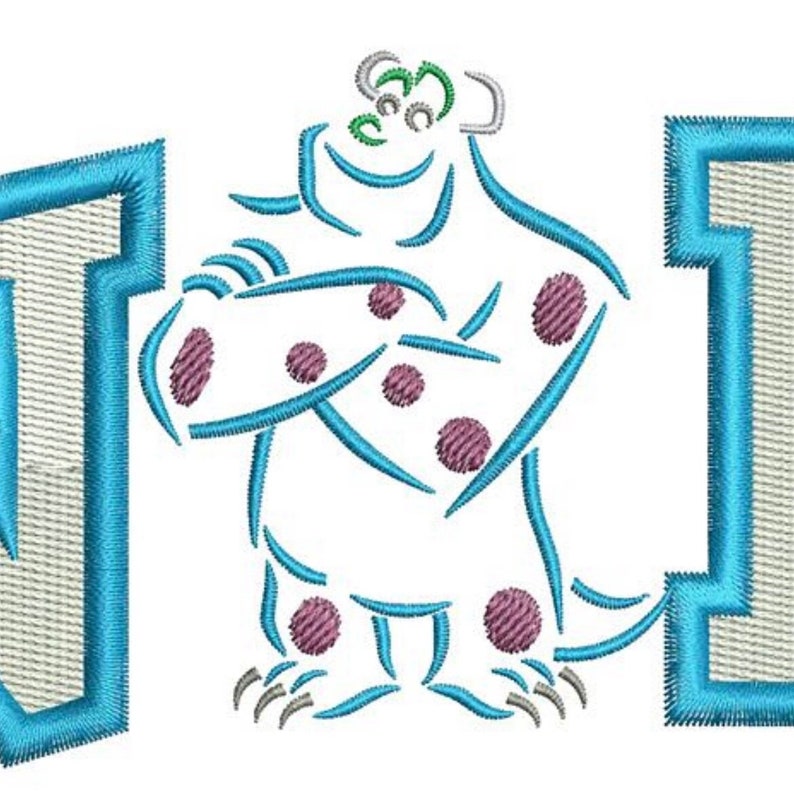


Var changeHref=document.getElementById("mp3Anchor") ĬhangeHref. now create a function that will change the content of the href with every click Window.addEventListener("load", downloadList) "mp3/resident_evil_nemesis-intro-theme.mp3" "mp3/tupac_shakur-how-do-you-want-it.mp3", Now with JavaScript: *Create a small json file* Give the tag an id as well if you want to access it with javascript. It specifies the contents and name of a new file placed in the. If you wanted to, you could create a function that will change the href so that it won't just be the same link but be dynamic. The download() function is used to trigger a file download from JavaScript. Afterwards, place an image in between the elements so that I can have a visual to see it. I would use an tag then set the href='path'.

Browsers will release these automatically when the document is unloaded however, for optimal performance and memory usage, if there are safe times when you can explicitly unload them, you should do so. Each of these must be released by calling URL.revokeObjectURL() when you no longer need them. According to the docs for URL.createObjectURL:Įach time you call createObjectURL(), a new object URL is created, even if you've already created one for the same object. Note that, depending on your situation, you may also want to call URL.revokeObjectURL after removing elem. (blob, filename) Ĭonst elem = ('a') Įlem.href = (blob) An example for IE 10+, Firefox and Chrome (and without jQuery or any other library): function save(filename, data) )


 0 kommentar(er)
0 kommentar(er)
